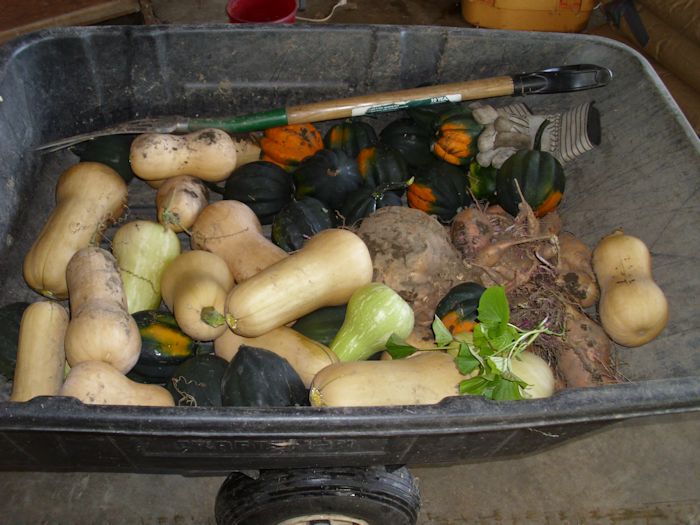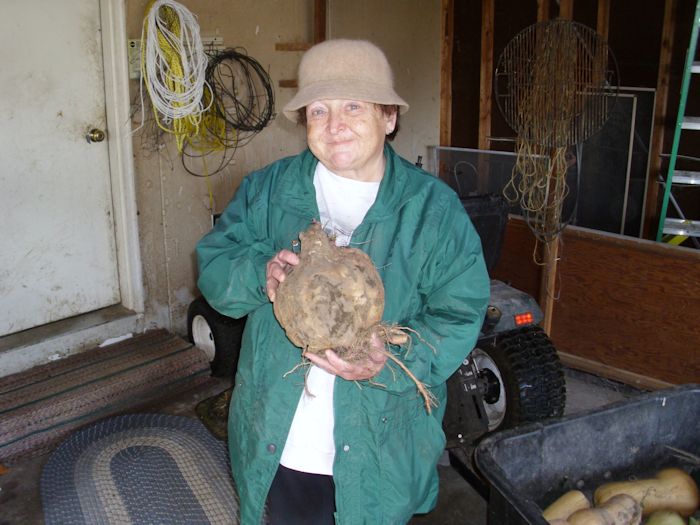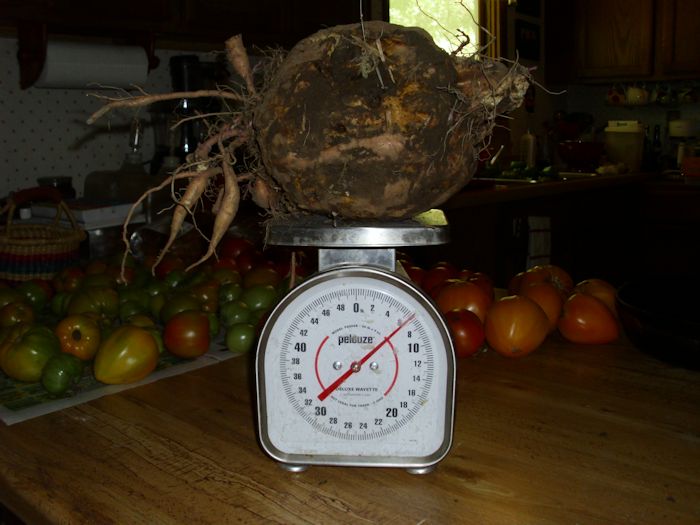Readers sometimes question my word choice in a book, which makes me think about how I’d reword the text to make it more understandable. There is a perception that one word will work just as well as another in writing, but that’s not the case. A smart author knows that word choice is incredibly important. In fact, choosing the right word is something that an author spends a considerable amount of time doing and the reason I encourage authors to build their word power by subscribing to sites such as Word of the Day and A.Word.A.Day. So, just why is word choice so important?
- Each word has a subtle difference of meaning so that equivalent words in a thesaurus aren’t precisely the same.
- Words with similar meanings have different connotations—or secondary meanings assigned by society to the word.
- A word carries with it an emotional meaning. Even when words mean about the same thing, the emotions evoked by the words will differ.
- Some words will appeal more to the reader that others will. No matter how precisely a word fits, it doesn’t matter if the reader has no idea of what you’re trying to say.
There are a number of other reasons that word choice is important, depending on what you intend to write. For example, the number of syllables and the sound of the word are important to poets. Technical writers will often choose a word because it’s the jargon used by the community as a whole. However, the reasons listed here apply to everyone. Believe it or not, even technical writers need to elicit an emotional response or suffer the dubious honor of putting a maximum number of readers to sleep.
Long before a reader ever asks me why I chose a particular word, the editors ask the same question. It’s a good question. Sometimes I use a word because it feels familiar and looks right in a particular location—neither reason is a good one for choosing a word. If I can’t answer the question, then another word might be a better choice. Obtaining the required result from the text means choosing words that fit the situation and the reader’s needs.
There are situations where a number of words will fulfill the need. In this case, the author is free to choose the word that sounds best. This is a situation where the author’s voice comes through to the reader. The reader begins to relate to the author at a personal level through the word choices the author makes. In many situations, word choice reflects regional biases, so the word that feels comfortable also reflects the author’s environment.
Editors can help authors get out of ruts by suggesting alternative words. For example, an author may use the same word so often that it begins to lose its special meaning and choosing one of the useful alternatives will actually result in more varied and interesting material for the reader. Unfortunately, what the editor and the author feel is a great word choice may end up confusing the reader and that’s when I often get e-mail from you.
The next time you’re tasked with writing something, consider why you choose the words that you do. Think about the needs of the reader and what you’re trying to accomplish with the text you’re writing. Let me know your thoughts about word choice at [email protected].



